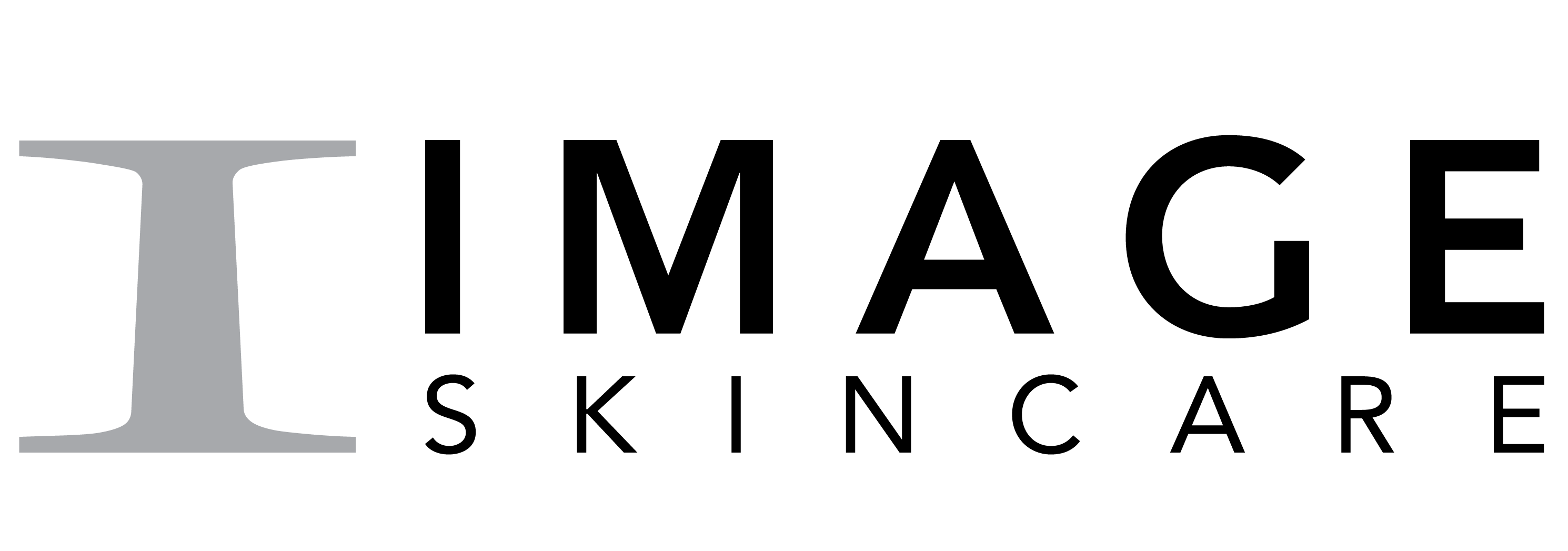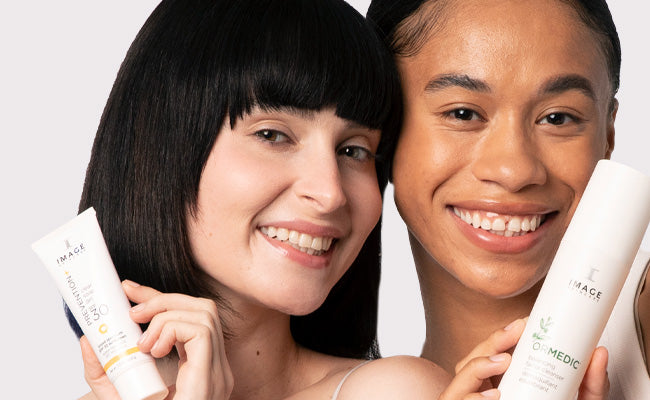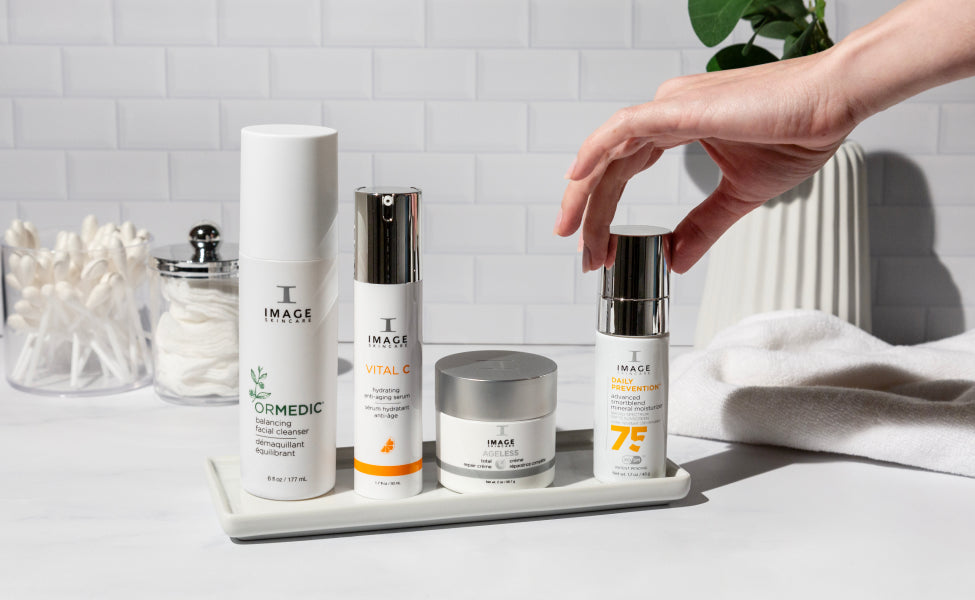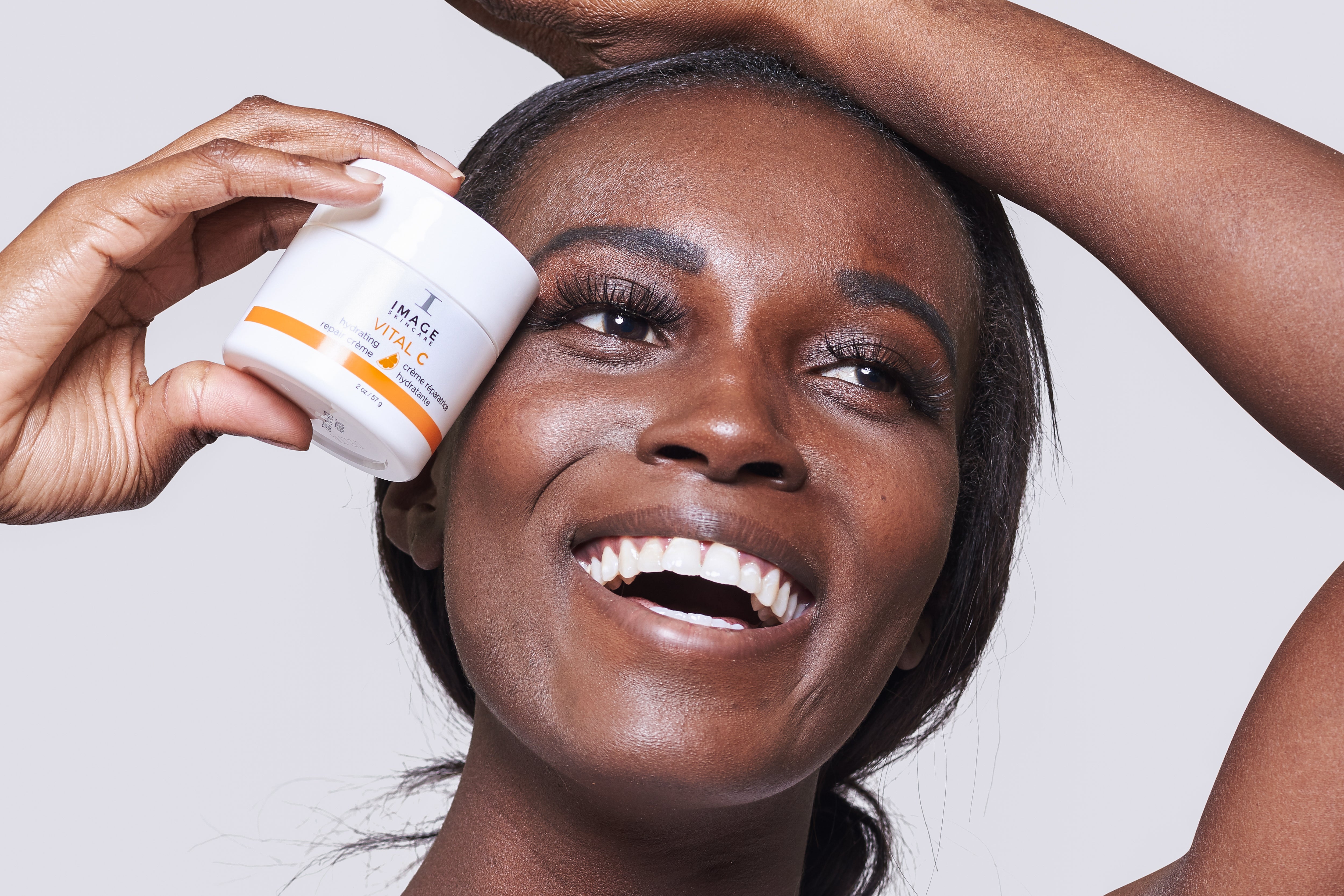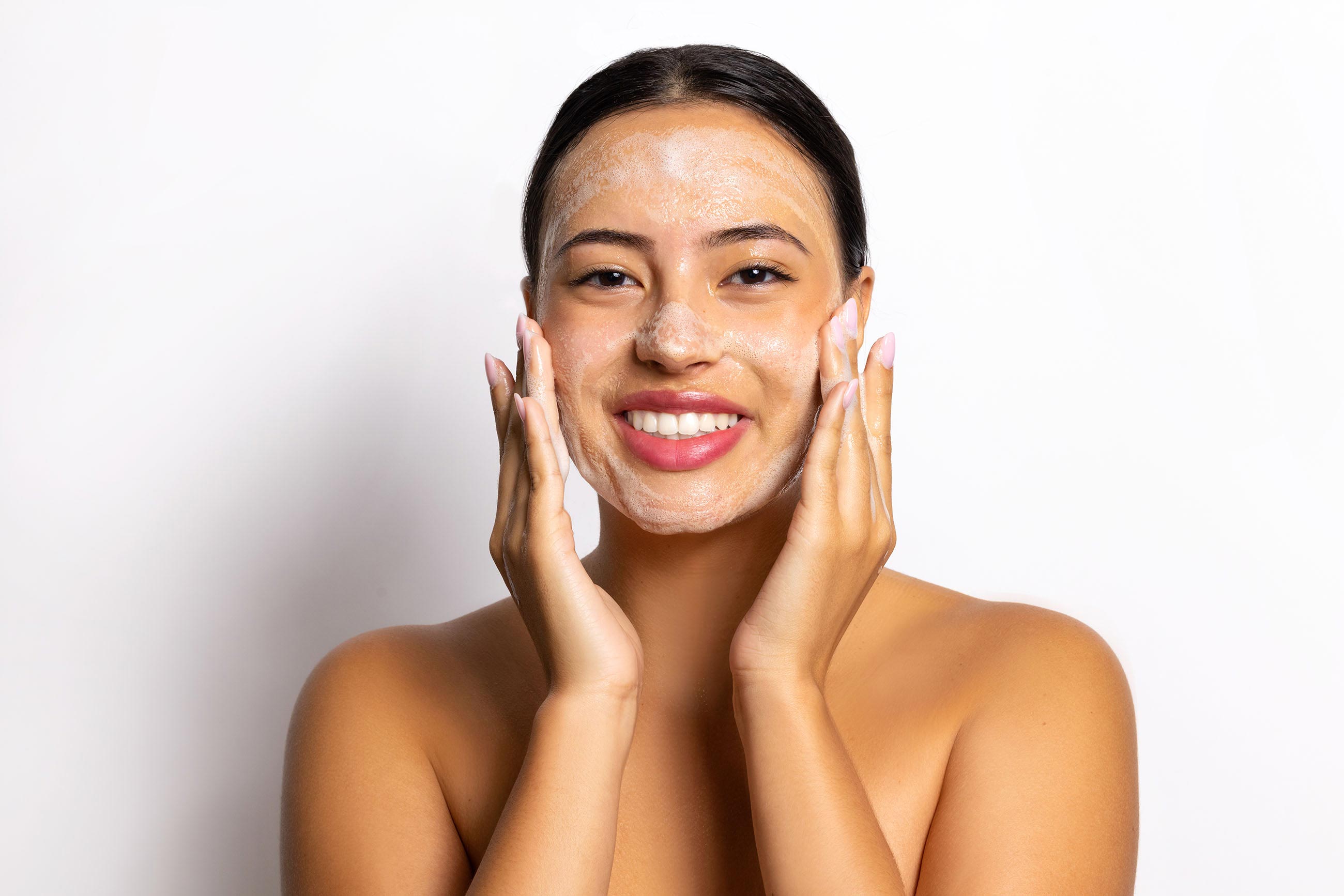
What Should You Look for in a Facial Cleanser?
Cleansing your face should be a daily part of your normal skin care routine. Not only does a thorough cleansing help remove dirt, sweat, dead skin cells, makeup, and excess oil from the surface of your skin, but it also helps to refresh your skin and improve your complexion.
Proper cleansing also creates a strong foundation for applying your normal makeup or moisturizer, as well as allowing medicated creams for acne or other dermatological blemishes to soak directly into the skin without having to work through a layer of dirt too.
Not all cleansers are created equally, and each one can be better suited for different skin types. Here, we will take a closer look at the various types of cleansers and which skin types they are best for, as well as touch on the benefits of using a cleanser regularly, and how dermatologists recommend you cleanse your skin.
What Are Cleansers?
Facial cleansers are a product that is specifically formulated to clean your skin of a variety of undesirable, pore-clogging particulates such as dirt, oil, airborne pollution, dead skin cells, day-old makeup, and sunscreen. A cleanser is made to provide gentle exfoliation of the top layer of your skin, while also unclogging pores and making your skin look and feel refreshed.
A good cleanser should target unwanted dirt and other buildup on the surface of your skin without stripping your skin of all of its natural oils. When searching for a new cleanser, you may be confronted with a variety of options including creams, foam, gels, and more. It can be overwhelming to know exactly which cleanser would be best suited for your specific skin type and cleansing needs.
Types of Cleansers
The three most common types of facial cleansers are foam, cream, and gel. However, oil, clay, micellar water, powder, and other forms of cleansers can be found. Each cleanser will act in the same way; by gently but thoroughly ridding your skin of build up dirt, skin cells, and other surface contaminants.
But you may need to consider your skin type and any skin ailments you have before deciding on the right cleanser for you. If you would like to take a look at the variety of cleansers we have available, head over to our Cleansers page to find the right one for you.
Gel Cleansers
Gel cleansers are made to have a thick gel-like consistency which makes it easier to get the cleanser exactly where you need it. Once lathered up, most gel cleansers will turn into a silky and smooth light foam such as our ORMEDIC balancing facial cleanser. Not only is this cleanser mild and refreshing, but it also leaves your skin feeling thoroughly hydrated.

Gel cleansers are great for deep cleaning and light exfoliation. They are the number one choice for acne-prone and oily skin, as well as for anyone with normal skin that simply loves the feel of a gel cleanser.
Our CLEAR CELL salicylic gel cleanser is great here. It not only provides gentle exfoliation to clear out your pores, but it also includes a blend of mint, eucalyptus, and tea tree oils to leave your skin feeling invigorated.

A gel cleanser will normally make use of both alpha and beta hydroxy acids in order to provide lightweight yet deep cleaning of your pores and surface layer of your skin. If you have dealt with excess oil, heavily clogged pores, or have regular acne breakouts, a gel cleanser should definitely be considered.
Foam Cleansers
Foam cleansers are a lightweight option that creates a lavish and thick foam lather. Most foam cleansers are dispensed from a pump bottle which froths the cleanser directly into your hand or onto your pouf or washcloth.
This type of cleanser is ideal for anyone with combination skin, but works equally well for normal skin too. Foam cleansers can target excess oil buildup just as well as gel cleansers, but are normally a bit better at removing caked on makeup or sunscreen after a busy day.
As with other foaming skin care products, these cleansers normally include an ingredient called sodium lauryl sulfate which gives the foaming action. When used in excess, foaming cleansers can cause irritation and too much of a drying effect on your skin. If you have sensitive skin or are prone to excess drying, it’s important to look for a cleanser that is better suited for you.
Cream Cleansers
As one of the more popular cleanser options, creams are great for providing excellent cleansing with the addition of moisturizing too. These cleansers are the ideal option for sensitive or excessively dry skin and are made so they won’t strip away your skin’s natural oils.
Cream cleansers typically make use of an ingredient called glycerin which helps to leave your skin feeling moisturized and soft. In many cases, a cream cleanser can be used without water which makes them an excellent choice if you are traveling or stuck at work for an extended period of time and might miss your normal facial cleaning schedule.
If you are eager to enjoy a good cleansing with a boost of hydration, consider our VITAL C hydrating facial cleanser. It not only provides thorough surface cleansing, but also helps boost your skin with vitamins A, C, and E, as well as providing essential antioxidants and vitamins.

These cleansers are a superb choice for extremely sensitive or dry skin. The biggest issue you may find with a cream cleanser is that some might leave a light residue behind, especially when not rinsed with water or when not rinsed properly.
Cream cleansers also offer exfoliating properties, more so than other cleansers. For excellent cleansing with gentle exfoliation, we love our ILUMA intense brightening exfoliating cleanser. It helps brighten and refine your skin with bamboo spheres, mushroom-derived enzymes and exfoliation beads.

Oil Cleansers
Often used incorrectly, oil cleansers are a great option for all skin types, but really shine when used on dry skin. Oil cleansers are great for attracting excess oils and dirt buildup, and are specifically formulated to be used without water.
Oil cleansers are very good at hydrating your skin without causing irritation, but lack the exfoliation properties you will find in other cleanser types. Oil cleansers are normally viewed as an advanced option for skin care, so if you are just starting out with a cleansing routine it might be best to start with another type.
Clay Cleansers
Closer to a clay mask than a traditional cleanser, clay cleansers will help pull surface impurities off of your skin and out of your pores while absorbing excess oil in the process. These cleansers are great for acne prone and very oily skin, especially if you have not had good results with cleansers using hydroxy acids.
When using a clay cleanser, use French Green Clay and Bentonite Clay cleansers sparingly as these can both be exceptionally drying. They have such good oil-absorbing properties that it can quickly lead to more problems than you started with if overused.
How Do Cleansers Work?
Unlike traditional soap, cleansers will not drastically alter your skin’s natural pH level or break down the natural surface barrier that protects your skin. With traditional soap, irritation and dryness is not uncommon on all skin types, including normal and mature skin.
Cleansers are soap-free and formulated to be gentle on your skin’s natural protective barrier without altering the pH drastically while still providing the same, if not better results, when it comes to cleaning effectiveness.
To get an idea of which cleanser might be best for your skin type and unique needs, head over to our Cleansers 101 page for a breakdown of different cleansers for makeup removal, dry or sensitive skin use, and more.
What are the Benefits of Cleansers?
As you go about your day at home, at school, or at work, various impurities can build up on your skin. These can be dirt blown on the breeze, cigarette smoke, environmental contaminants such as fragrance sprays, paints, or other aerosols.
Additionally, throughout the day dead skin cells, excess oil, and sebum will collect on the surface of your skin and in your pores leading to unsightly blackheads, whiteheads, or acne breakouts.
Cleansers are made to remove all of these disgusting things from your skin to leave it feeling fresh and clean. Cleansers are a gentler option than traditional soap, and can be an excellent way to remove makeup and sunscreen as well.
If you are often on the go and finding it hard to find a sink to give yourself a proper facial cleanse, consider using our I BEAUTY refreshing facial wipes. These perfectly portable wipes include a blend of aloe vera, cucumber, coffee extracts, and superfruits in order to soothe and invigorate your skin while also sweeping away dirt, grime, impurities, and makeup.

How to Wash Your Face
While it might sound like such a simple process, there are a few things you should be aware of when it comes to washing your face. Dermatologists will normally recommend using a proper makeup remover before using a cleanser, especially if you have thick or caked-on makeup. However, if this is not possible, going straight into the cleanser can still be effective.
Some cleansers have gentle exfoliation properties and should only be used once per day, or even once per week if it’s a harsher exfoliation. This helps prevent excess drying of the skin, damage to the natural oil production, and irritation.
Washing your face with a cleanser is normally your first step in your skincare and makeup routine, so always try to keep it added into your schedule.
Morning
While many dermatologists will say it is not necessary to wash your face in the morning, especially if washing or cleansing the night before, it is personal preference if you choose to wash your face once or twice daily. If you have a range of other products to layer onto your skin, starting with a thorough cleansing is recommended.
For your morning routine, you will start by selecting your favorite cleanser. For morning use, it’s normally recommended to choose a cleanser that does not include harsh exfoliation and instead has hydrating properties.
Wet your face thoroughly with lukewarm water before applying your cleanser with the tips of your fingers. The American Academy of Dermatology recommends only using your fingertips to gently lather your cleanser onto your facial skin as using a washcloth, sponge, or other product can cause irritation.
After the cleanser has been lathered nicely with your fingertips, rinse your face thoroughly with lukewarm water. Pat dry with a soft towel to avoid stressing your skin with rubbing it dry, or drying it out excessively by letting it air dry.
This is the time to decide how you want to proceed. If you will be adding makeup, now is the time to add your moisturizing foundation. If you won’t be wearing makeup, a simple moisturizer or gentle serum is a great option here, especially around your eyes or in any area that feels slightly itchy or dry.
Evening
Your evening routine will be similar to your morning routine, however instead of avoiding a cleanser with exfoliation, you can use it here. Exfoliating before bed can have a positive effect on your skin as your face will have several hours to rebuild its natural oils while you sleep.
Start by choosing your favorite cleanser. This can either be a cleanser with or without exfoliation as per your personal preference.
Wet your face with lukewarm water either by splashing your face with water in your cupped hands, or placing a wet cloth on your face for a few seconds in order to wet the skin.
As with the morning routine, use your fingertips to gently lather the cleanser into your skin. Make sure you get all the way up to your hairline, around your ears, and under your chin.
Rinse the cleanser from your face thoroughly with lukewarm water, ensuring there is no leftover suds or residue on your skin. Again, as with the morning routine, always pat dry your skin with a soft cloth and never rub it dry.
At this point, if you will be going to bed soon, it’s a great time to add a nighttime serum or other moisturizing product. You can also opt for antioxidant creams or any medicated acne creams you may be using.
How Often You Should Wash Your Face
As long as you are conscious of potential drying effects, and don’t overdo the extra exfoliation powder added into your cleansing routine, you can wash your face twice a day. Once in the morning and once in the evening.
However, if you simply cannot keep a twice-a-day schedule, most dermatologists agree that washing your face in the evening before bed is much more important and effective than washing in the morning.
You want to remove all of the dirt, skin cell, and oil buildup that has happened throughout the day. If you hit the gym or have a strenuous day at school or work that causes sweating, it’s important to cleanse your face as soon as this activity is over with.
Washing your face once or twice a day is plenty. Any more than that and you risk causing your skin to dry out, become irritated or flaky. If your cleanser has exfoliating properties, it’s best to start with a single evening cleansing for a while and see how it goes. If you are not noticing any irritation or redness, you can increase this to twice a day if desired.
